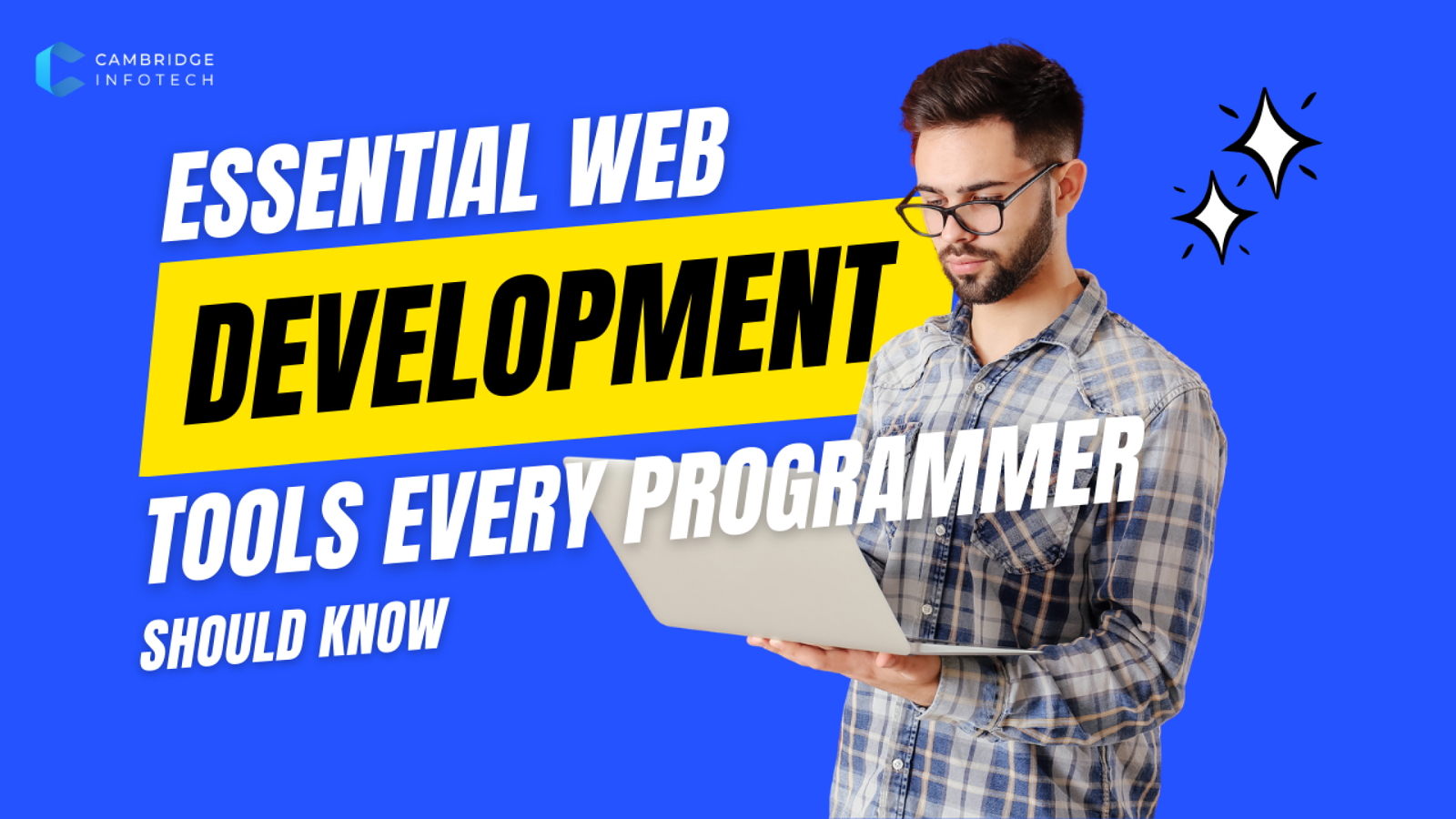Currently Empty: ₹0.00
Introducing Programming to Kids: Fun and Interactive Ways to Learn

Programming for Kids | Introducing Programming to Kids: Fun and Interactive Ways to Learn | Awareness
Welcome to the exciting and rewarding journey of introducing your kids to programming! In today’s digital age, understanding the basics of programming is becoming as fundamental as reading and writing. Fortunately, learning to code doesn’t have to be a chore for kids. It can be a fun and engaging adventure, filled with creative projects and interactive learning opportunities. Whether you’re a parent or an educator, this article will guide you through making the world of programming accessible and enjoyable for children.
Understanding the Basics of Programming for Kids
Programming is much more than typing complex codes; it’s a way of thinking and solving problems creatively. Let’s delve into why it’s crucial for kids and how to start the journey.
- Why Programming is Essential for Kids: In a world where technology touches almost every aspect of our lives, programming teaches kids how to control technology and use it to create, solve problems, and achieve goals. It boosts logical thinking, patience, and resilience, laying a strong foundation for their future careers.
- Age-Appropriate Introduction to Programming Concepts: For younger kids, start with simple, visual programming languages like Scratch, which uses blocks to teach the logic of coding without the need to memorize syntax. As kids grow, they can transition to text-based languages like Python, known for its clear syntax.
- Choosing the Right Tools and Languages: Select tools and languages that turn learning into play. Apps like Tynker or platforms like LEGO® Education WeDo 2.0 offer a hands-on experience, making learning both informative and enjoyable.
Making the First Move: How to Get Kids Interested in Programming
Capturing a child’s interest in programming is about showing them how much fun it can be. Here’s how to kickstart their curiosity:
- Interactive Storytelling and Games: Create stories where kids can program the ending, or use platforms like Code.org that offer game-based learning. These methods make abstract concepts tangible and keep the learning process lively.
- Programming with Robots and Electronics: Tools like the Ozobot or LEGO® Mindstorms® engage kids with a tangible outcome of their coding efforts. They can see and interact with the physical manifestation of their code, making the learning experience magical.
- Creative Projects and Challenges: Encourage projects that align with your child’s interests, be it creating a simple game or programming a robot. Challenges like building a website for a school project can also provide practical coding application in fun projects.
Educational Resources and Platforms for Young Learners
With a vast array of resources available, finding the right one can be overwhelming. Here are some top picks:
- Online Platforms and Apps: Scratch for younger kids and Khan Academy for older ones offer an interactive way to learn coding basics and beyond. Platforms like Codecademy also provide more advanced courses for kids ready to take the next step.
- Books and Kits for Offline Learning: For screen-time breaks, books like “Hello Ruby: Adventures in Coding” and kits like the Makey Makey Invention Kit introduce programming concepts through stories and hands-on activities.
- Community and Group Learning Opportunities: Check out local coding clubs or summer camps. Organizations like Girls Who Code aim to close the gender gap in technology, offering a community-centric learning environment.
Tips for Parents and Educators Supporting a Child’s Programming Journey
Support from adults is pivotal in a child’s learning process. Here are ways to foster a nurturing environment:
- Creating a Conducive Learning Environment at Home: Dedicate a quiet, organized space for your child to work on programming projects. Minimize distractions to help them focus and enjoy their coding time.
- Dealing with Frustrations and Setbacks: Learning to code is a process of trial and error. Encourage a growth mindset, emphasizing that every mistake is a step towards mastering a skill. Celebrate small wins and progress.
- Celebrating Success and Progress: Recognize the effort and improvements, not just the successes. Simple acknowledgments and rewards can significantly boost their confidence and interest in continuing to learn.
Beyond the Basics: Encouraging Continued Growth and Learning
Once your child has grasped the fundamentals, encourage them to explore more complex projects and platforms that challenge their skills:
- Advanced Projects and Challenges: Participate in online communities where kids can share projects, get feedback, and find inspiration. Platforms like GitHub offer a glimpse into real-world coding projects.
- Joining Programming Competitions and Hackathons: Competitions like the Google Science Fair or local hackathons introduce kids to collaborative and competitive aspects of programming, expanding their network and experience.
- Resources for Learning Advanced Programming Languages: As they grow, children might show interest in languages used in professional environments, like Java or C++. Support this transition with resources tailored for a younger audience, while still challenging their abilities.
Summary
Empowering kids with the skills to navigate and innovate in a technology-infused world starts with programming. By making the learning process engaging, interactive, and fun, we can ignite a passion for technology that may pave the way for future opportunities. Remember, the goal is not to turn every child into a professional programmer but to equip them with a mindset to think logically, solve problems, and embrace technology creatively.
Frequently Asked Questions (FAQs)
Q. What is the best age to start learning programming?
A: There’s no one-size-fits-all answer, but kids as young as 5 can begin with block-based programming languages like Scratch, gradually moving to more sophisticated languages as they grow.
Q. How much time should kids spend on programming each week?
A: Aim for a balance. An hour or two a week can introduce concepts without overwhelming them, leaving plenty of time for other interests and play.
Q. Can learning programming help with other academic subjects?
A : Absolutely! Programming enhances logical thinking and problem-solving skills, which are valuable in math, science, and even humanities.
Q. What if my child loses interest in programming?
A: Interests can fluctuate, especially in kids. Offer encouragement and perhaps a break. Sometimes, all that’s needed is a little time off or a new project to spark their enthusiasm again.
Q. Are there any safety concerns I should be aware of with online programming platforms?
A: While most educational platforms prioritize safety, it’s crucial to supervise younger children’s online activities, set up necessary parental controls, and educate them on internet safety.
With these insights and tips, you’re now equipped to guide your child on an unforgettable adventure into the world of programming. Who knows? This journey might just inspire the next great tech innovator or simply instill a lifelong passion for learning. Happy coding!







